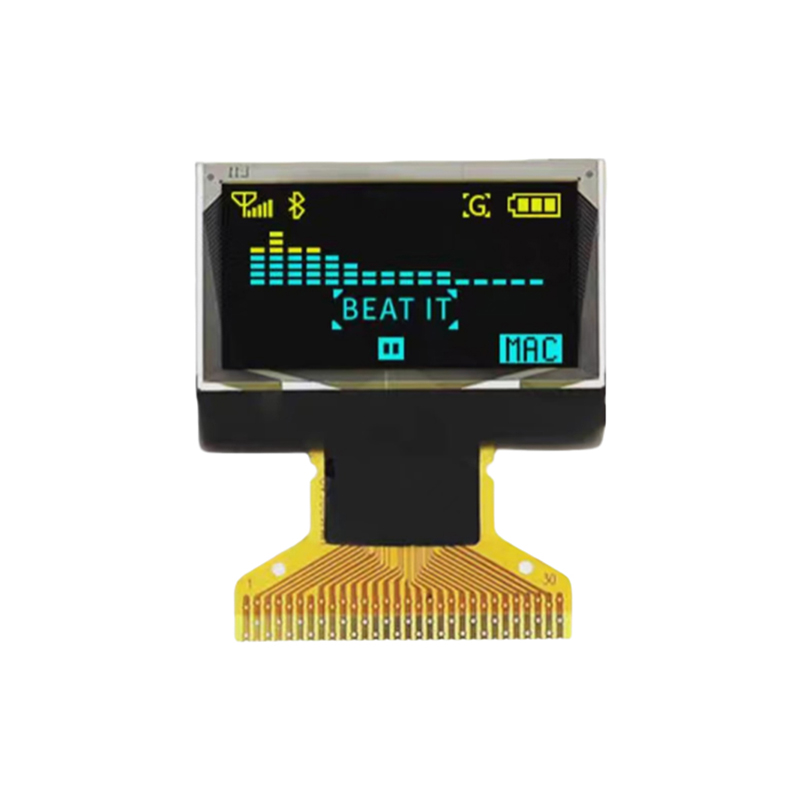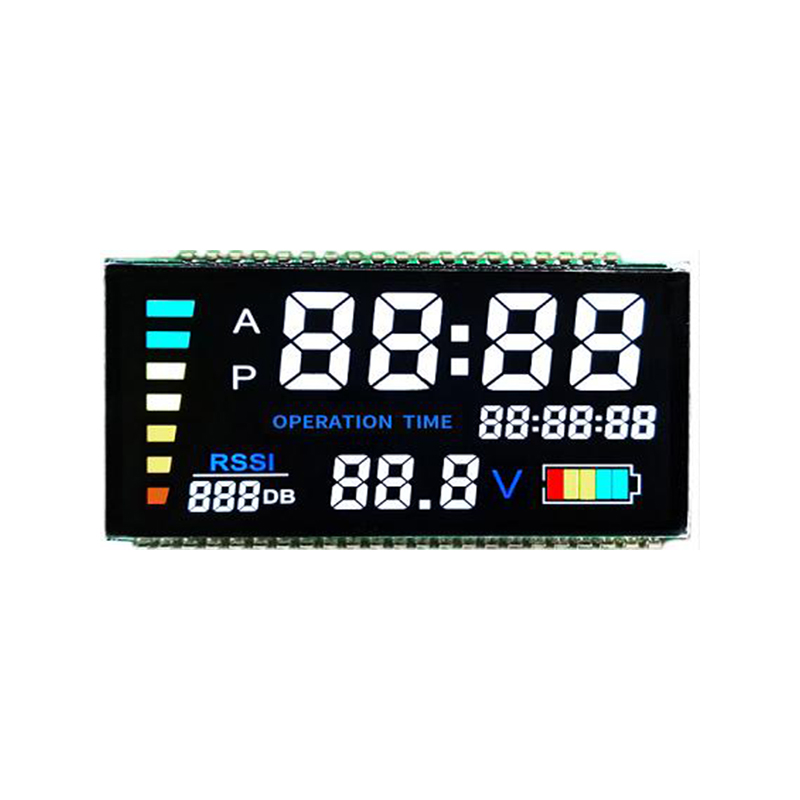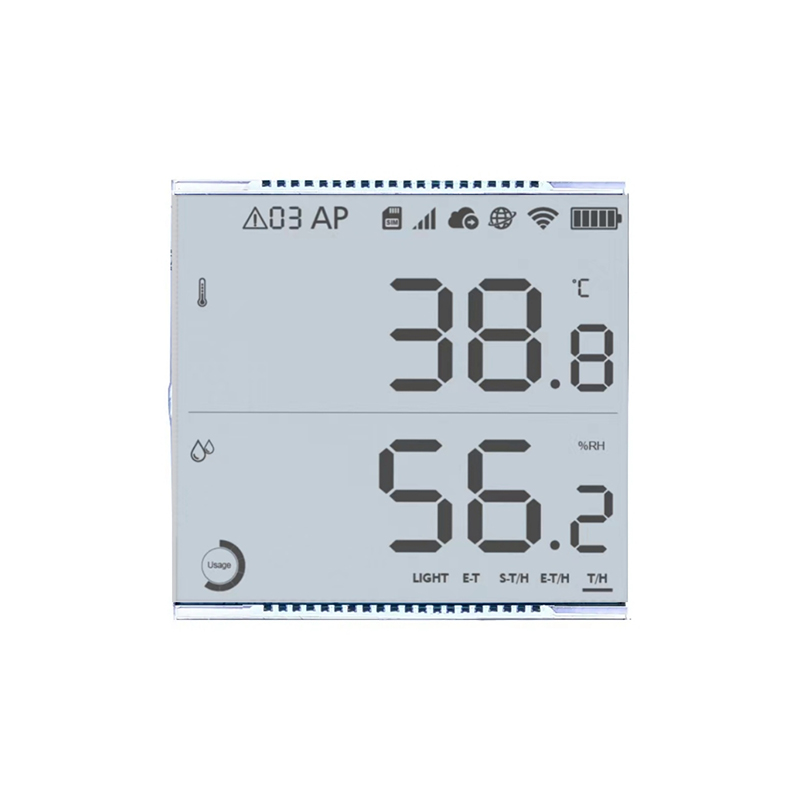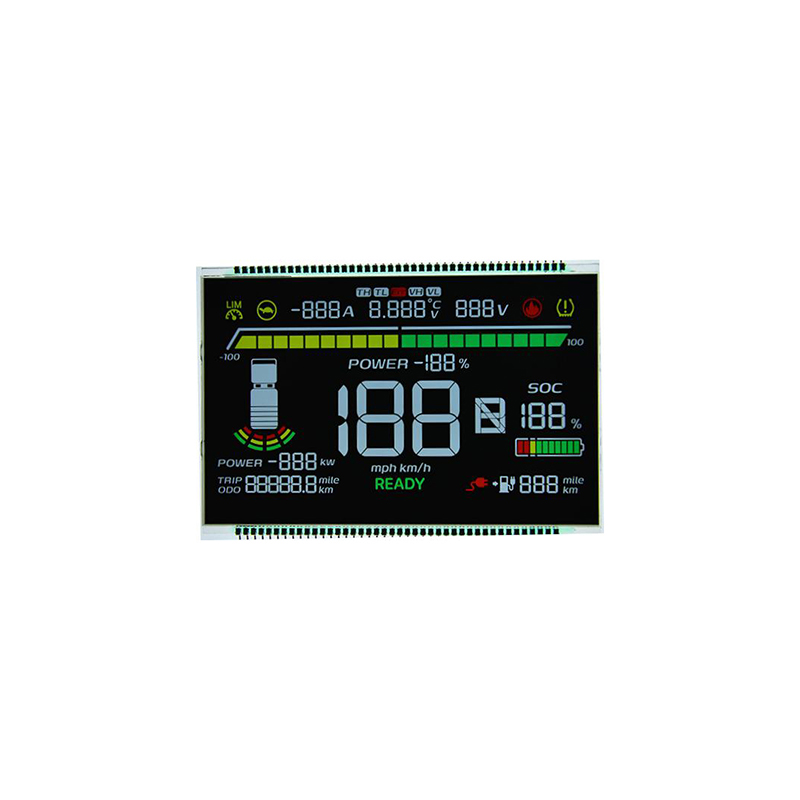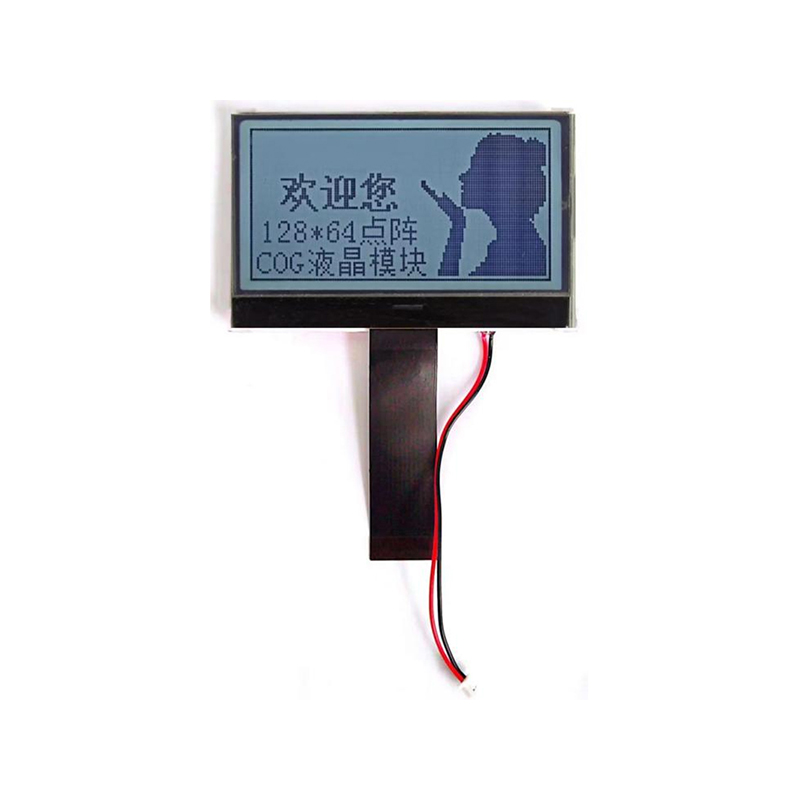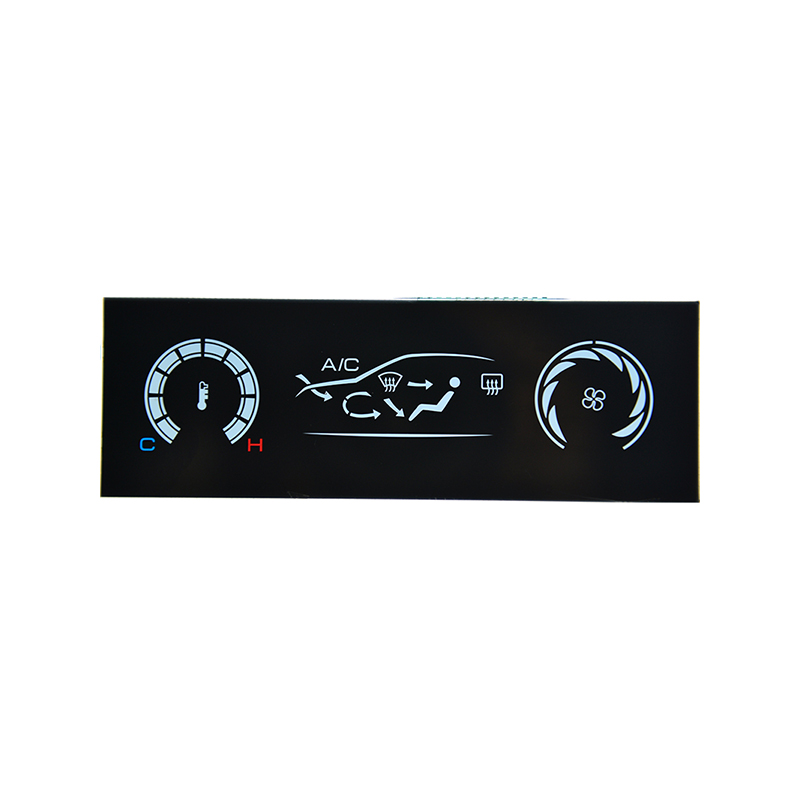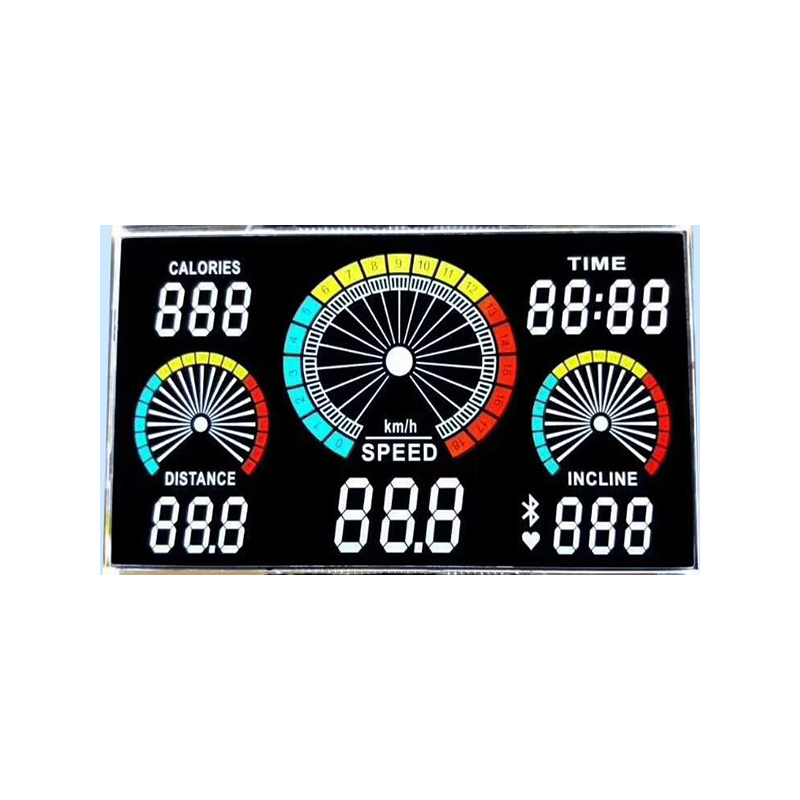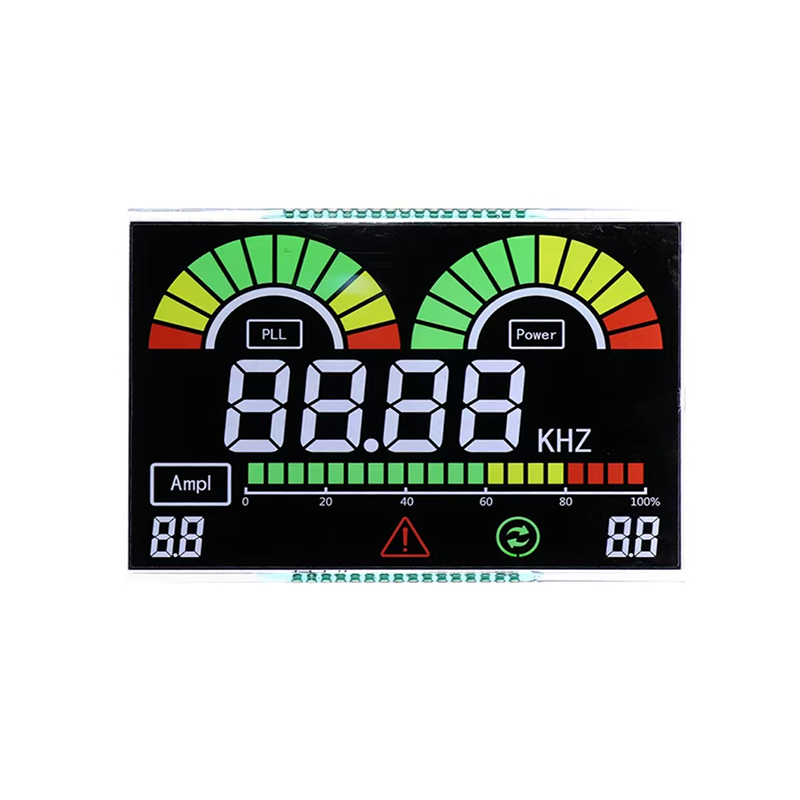
PMOLED Displays: A Comprehensive GuideUnderstanding the Advantages and Applications of Passive-Matrix OLED Technology
This guide provides a detailed overview of PMOLED displays, exploring their key features, benefits, applications, and considerations for various use cases. We'll delve into the technology behind PMOLED, comparing it to other display technologies, and examining its suitability for different applications. Whether you're a product designer, engineer, or simply curious about display technology, this resource aims to provide a comprehensive understanding of PMOLED's capabilities and limitations.
A Passive-Matrix Organic Light-Emitting Diode (PMOLED) display is a type of display technology that uses organic compounds to emit light. Unlike active-matrix OLEDs (AMOLEDs), which use a transistor for each pixel, PMOLED displays use a simpler passive-matrix addressing scheme. This means that the pixels are not individually controlled but are addressed in rows and columns. This results in a simpler and less expensive manufacturing process compared to AMOLEDs.
While both technologies utilize OLED technology, there are significant differences:
| Feature | PMOLED | AMOLED |
|---|---|---|
| Resolution | Generally lower | Generally higher |
| Cost | Lower | Higher |
| Power Consumption | Lower (for smaller displays) | Higher (for larger displays) |
| Response Time | Fast | Very Fast |
| Brightness | Lower | Higher |
| Lifespan | Shorter | Longer |
Due to their unique properties, PMOLED displays find applications in various fields:
Selecting the appropriate PMOLED display depends on your specific needs. Factors to consider include:
For high-quality PMOLED displays and further information on display technology, consider exploring the resources available at Dalian Eastern Display Co., Ltd. They offer a wide range of options tailored to various applications.
This information is for general guidance only. Specific specifications and capabilities vary across different PMOLED products. Always consult the manufacturer's data sheet for detailed information.

